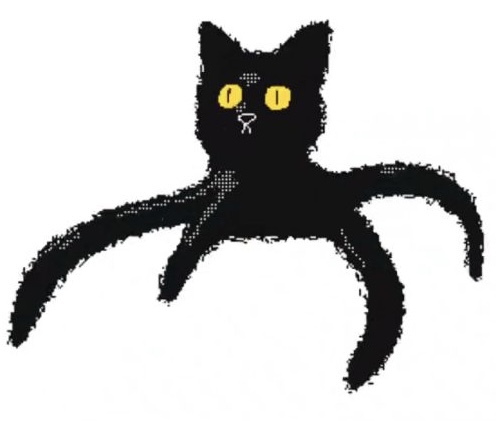ACMI (formerly the Australian Centre for the Moving Image) is Australia’s national Museum of Film, TV, Video Games, Digital Culture and art.
As an animation major, this is definitely my most recommended Melbourne museum to visit. Here you can see how media have developed and become what they are today step by step.
ACMI uses a very interesting interactive tool to increase people’s interest in seeing museums — collecting. The staff will issue a disc containing an NFC chip to each visitor at the entrance of the main exhibition hall. When visiting each exhibition object, visitors can attach the disc with their own code to the chip on the exhibition introduction screen, and then add the exhibit to your collection list. And you can follow the link to read more about your collection when you get home.
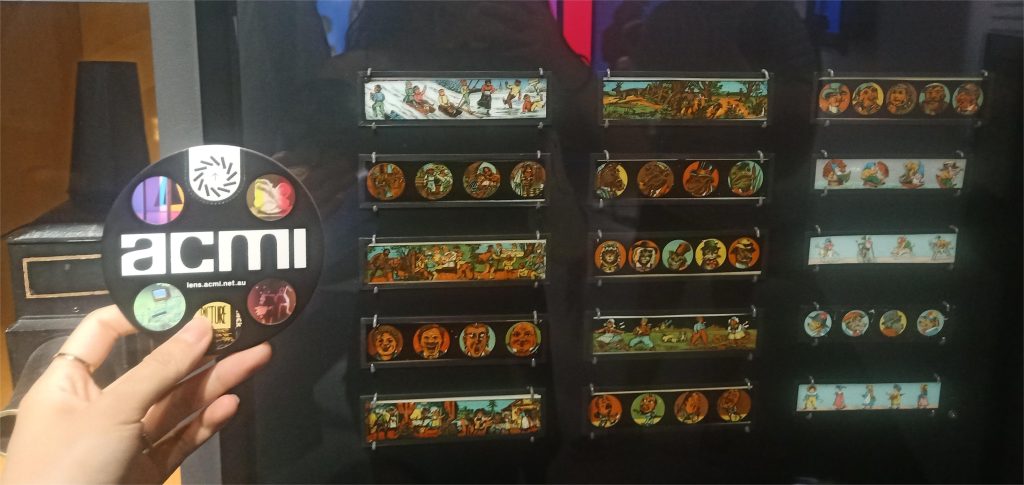
Toupie-fantoche (Spinning Top)
interactive France, c. 1881
The toupie-fantoche consisted of a handle and a pyramid lined with mirrors at 45 degrees that reflected sequential images on a disc above. When the spinning top rotated, the rapid succession of illustrations gave the impression of one moving image. Typical scenes included butterflies fluttering, dogs jumping through hoops and drummer boys drumming.
https://www.acmi.net.au/works/100288–toupie-fantoche-spinning-top/
British Mutoscope featuring Charlie Chaplin reel
United Kingdom, 1897-1899
The mutoscope was an early motion-picture machine that worked like a flipbook. Instead of continuous prints in a book, the mutoscope’s cards were attached to a reel and the images were animated when you turned a hand crank, much like Thomas Edison’s Kinetoscope. It was also similar because it didn’t feature projection and only one person could view it at a time. Mutoscope scenes were silent (hence the name) and lasted for one minute.
https://www.acmi.net.au/works/4761–mutoscope-fractured-flickers/
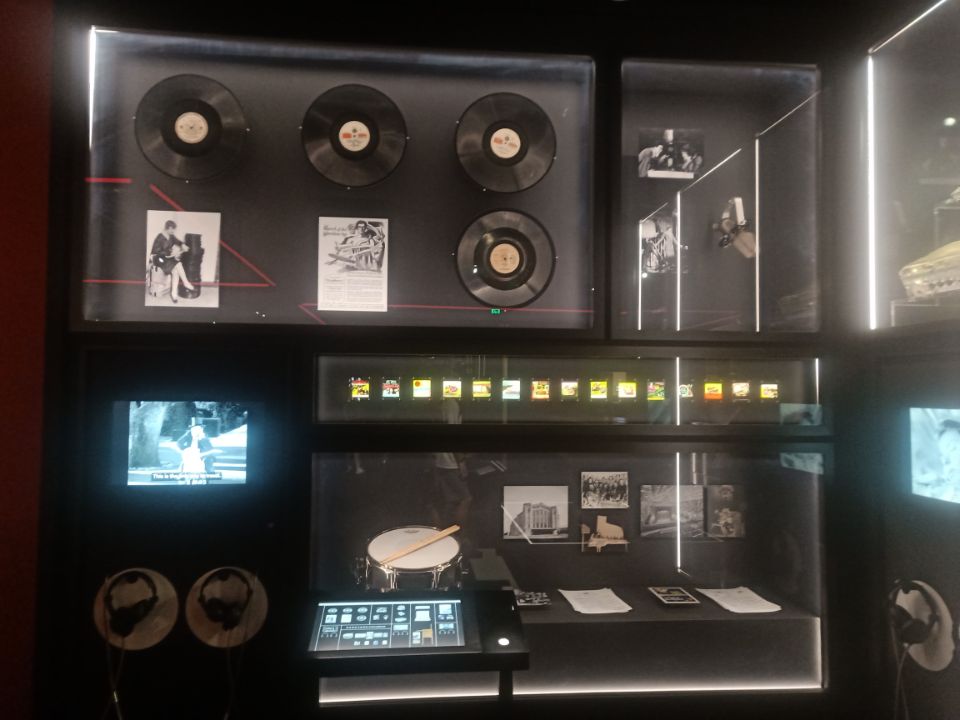
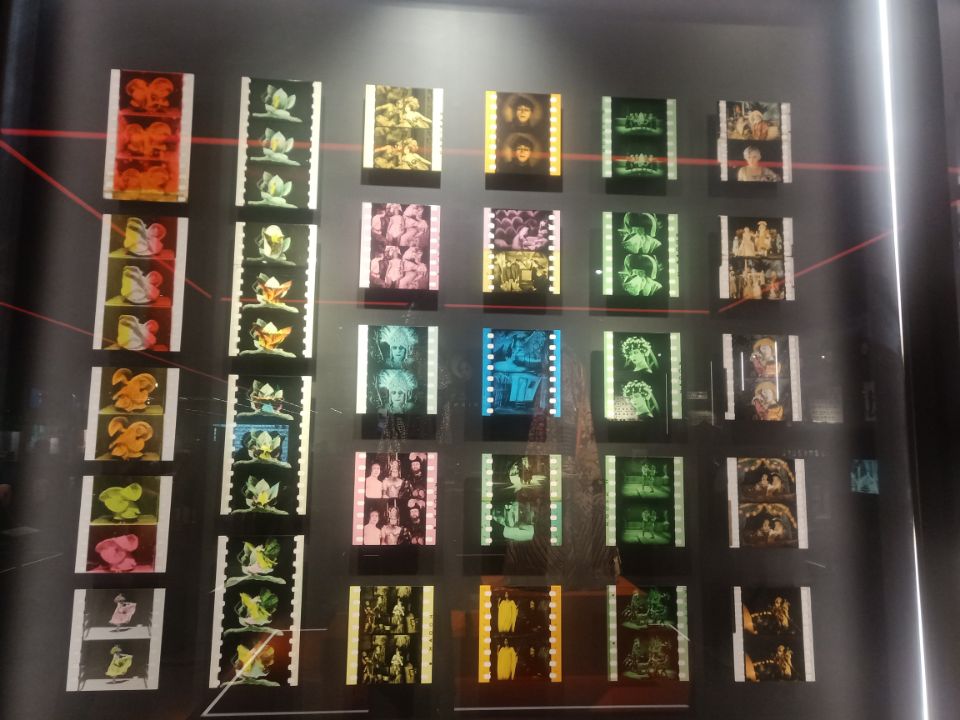
This section shows the evolution of color technology and sound technology in film
https://www.acmi.net.au/works/100617–vitaphone-discs/
https://www.acmi.net.au/works/100614–hand-coloured-negatives/
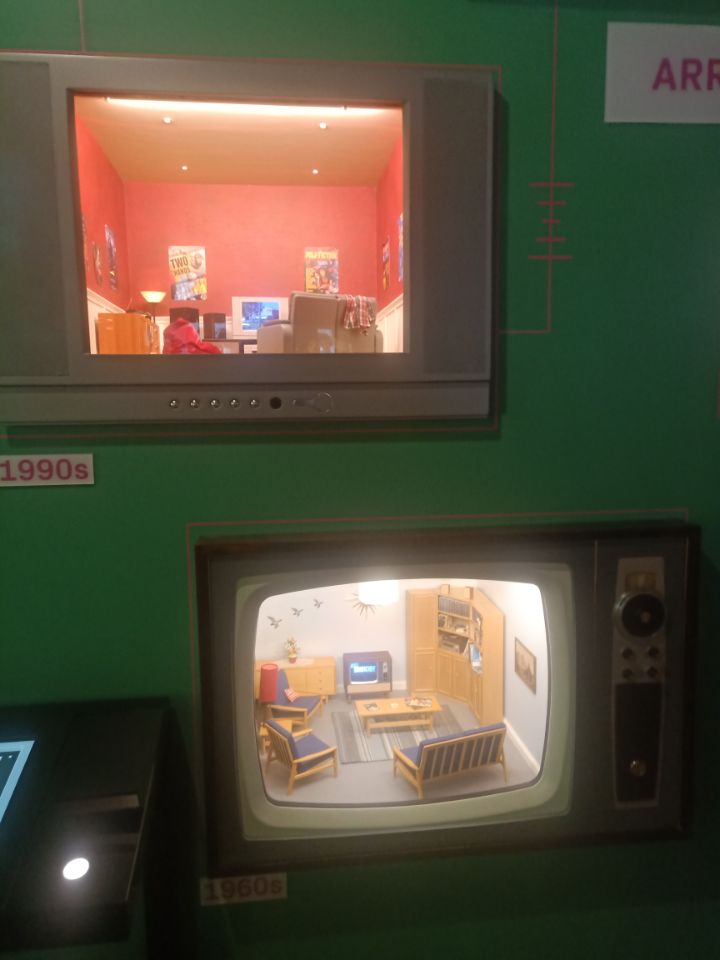
TV miniatures
Australia, 2019 Designed by Graham McGuffie
Emily Boutard and Megafun
Television didn’t just change the way we see the world; it changed the look and layout of our homes. Since TV arrived in Australia in the 1950s, how and where we watch TV evolved alongside its form and function.
The Pitch
United States, 2015
In animated films, teams of artists often develop scenes and stories that are then performed to show how the rhythm and visuals will fit in the completed film. This is the ‘pitch’ and it’s an integral part of storyboarding. Because of the close relationship between story, pacing and drawing, storyboard artists need to be performers, storytellers and visual artists.
https://www.acmi.net.au/works/107818–the-pitch-dreamworks-animation/
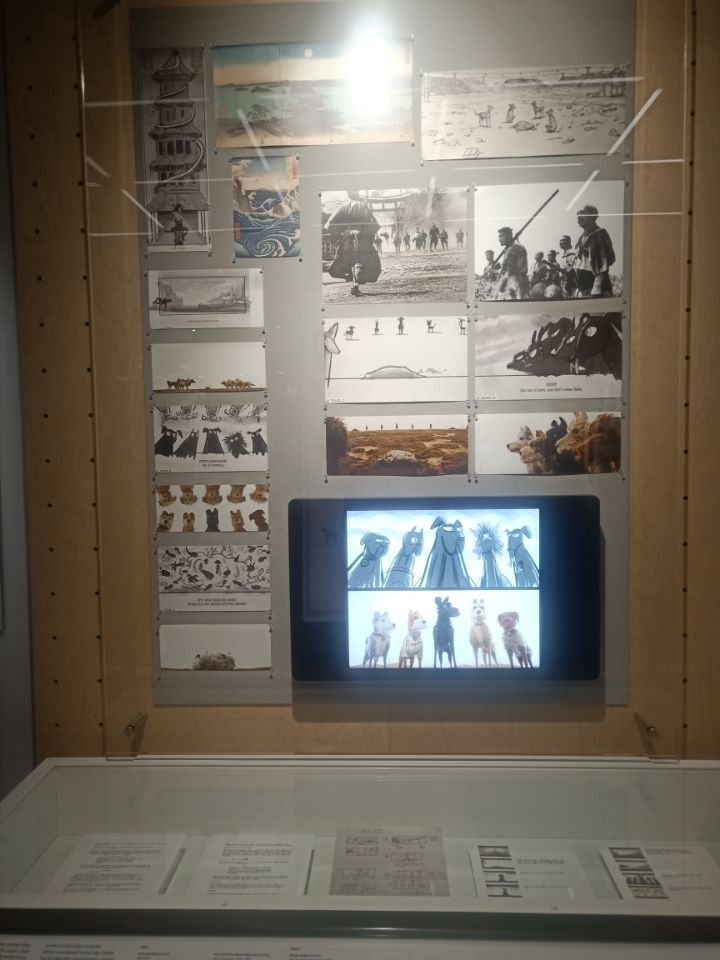
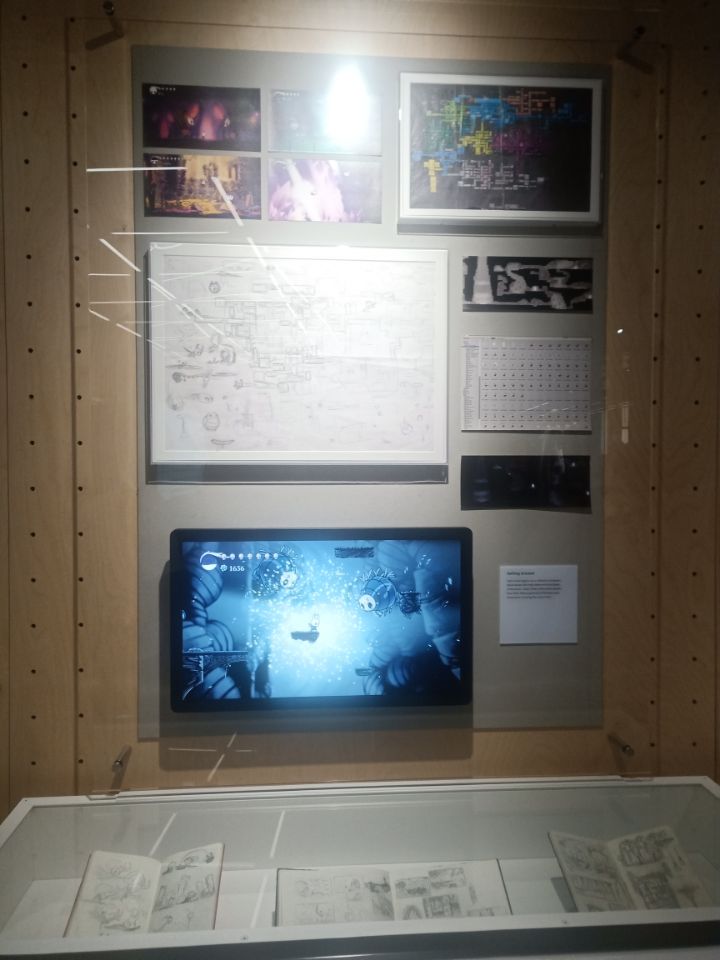
Hollow Knight
Hollow Knight is a video game that I pretty much like, I was so excited to see the original game design in ACMI. The exhibition includes maps, sketchbooks, different versions of locations, and Unity asset library in Hollow Knight.
(https://www.acmi.net.au/works/100861–production-design-in-hollow-knight/)
